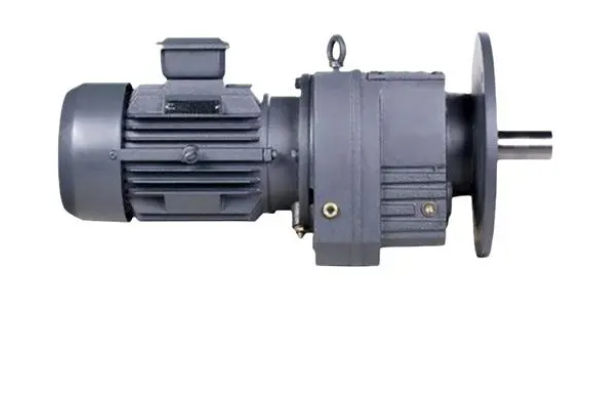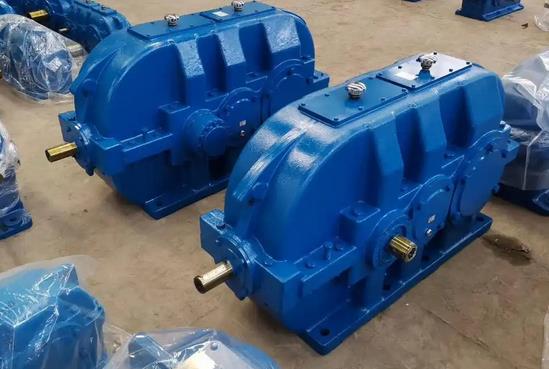What are the possible reasons for the low efficiency of the gearbox

The low efficiency of the gearbox may be caused by various factors such as design, manufacturing, installation, use, and maintenance, as follows:
Design reasons
Improper selection of transmission type: Failure to choose the appropriate transmission type based on actual working conditions and load characteristics. If a regular fixed axis gear reducer is used in situations where a large transmission ratio and load changes are required, the efficiency may not be as good as planetary gear reducers or cycloidal pinwheel reducers due to structural limitations.
Unreasonable parameter design: Poor design of parameters such as gear module, number of teeth, pressure angle, etc. For example, if the modulus is too small, gears are prone to deformation and wear when transmitting high power, increasing energy loss; Unreasonable selection of gear ratio may result in inefficient gear transmission.
Lubrication design defect: Inappropriate lubrication method or lubricant selection. For example, for high-speed reducers, using oil bath lubrication may not be able to deliver lubricating oil to critical friction areas in a timely manner, resulting in insufficient lubrication and increased friction losses.
Manufacturing reasons
Insufficient machining accuracy: During gear machining, there are significant errors in tooth profile, tooth orientation, and tooth pitch. These errors can cause uneven forces and sliding during gear meshing, leading to increased energy loss and decreased efficiency.
Material quality issues: The gear or bearing materials used have poor performance, such as insufficient hardness and poor wear resistance. This will make gears and bearings prone to wear and fatigue peeling during operation, increase friction, and reduce transmission efficiency.
Poor assembly quality: During the assembly process of the reducer, if the components are not installed properly, such as excessive or insufficient gear clearance, tight or loose bearing installation, and excessive coaxiality and perpendicularity of the shaft, it will affect the normal operation of the reducer and lead to a decrease in efficiency.
Installation reason
Unstable installation foundation: When the reducer is installed on an unstable or insufficiently rigid foundation, it will generate vibration during operation, causing changes in the meshing state of the gears, increasing impact and friction, and reducing efficiency.
Misalignment of connection: Excessive coaxiality deviation between the shafts of motors, working machines, and other equipment connected to the reducer and the input and output shafts of the reducer can cause additional radial and axial forces on the gears and bearings inside the reducer, resulting in reduced efficiency.
Reason for use
Overload operation: The actual load exceeds the rated load of the gearbox, causing excessive pressure and torque on components such as gears and bearings, resulting in severe elastic deformation and friction, leading to a significant decrease in efficiency.
Speed mismatch: The input speed is too high or too low, exceeding the optimal working speed range of the gearbox. Excessive rotational speed can increase the dynamic load on gears and bearings, making it difficult to form a lubricating oil film. Conversely, low rotational speed may lead to insufficient lubrication, both of which are detrimental to improving efficiency.
Poor working environment: Working in harsh environments such as high temperature, humidity, and high dust can affect the performance of the gearbox. High temperature will reduce the viscosity of lubricating oil and decrease its lubrication performance; Damp environments can easily lead to rusting of components; Dust entering the interior of the gearbox will exacerbate the wear of gears and bearings.


